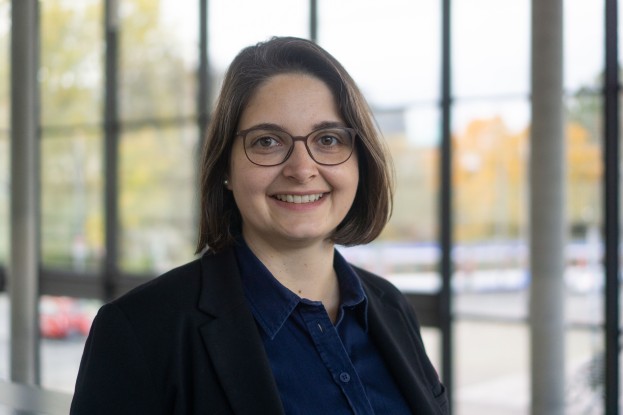Development of a Stretching Device to Perform Tensile Strength Tests on Cell Cultures
1. Introduction
Cell junctions, including focal adhesions, adherens junctions, and desmosomes, play a critical role in cellular processes such as cell migration, tissue regeneration, embryonic development, and metastasis. The mechanical properties of these junctions, particularly in-plane forces — mechanical forces that act parallel to the cell plane — are essential in regulating and driving their dynamics. Conventional force spectroscopy methods, however, face significant limitations in capturing and quantifying these forces accurately.
2. Project Objective
This project aims to develop a stretching device that can be integrated into a commercial atomic force microscope (AFM) to apply defined substrate stress to cell cultures. This innovation will enable the study of cell junctions' mechanical properties under controlled in-plane forces, advancing our understanding of cellular mechanics.
3. Methodology
The project involves designing and fabricating a stretching device, based on a 3D print adapted from Sigaut et al. [1], which integrates seamlessly with the AFM base. The device will allow for precise application of shear stress to flexible substrates, such as PDMS, on which cells will be cultured.
4. Student Tasks
The student participating in this project will undertake the following tasks:
- Familiarization with Autodesk Fusion 360: Learn the fundamentals of CAD design using Autodesk Fusion 360 to plan and model the stretching device.
- Cell Culturing: Acquire essential cell culture techniques to grow and maintain cells on flexible substrates.
- Design and Planning: Plan the 3D print setup using Fusion 360, ensuring compatibility with the AFM base.
- 3D Printing: Fabricate the designed components using a 3D printer.
- Substrate Preparation: Produce flexible PDMS substrates suitable for cell culturing.
- Device Testing: Conduct initial mechanical and functional tests of the stretching device to ensure proper operation.
- Cell Integration: Grow cells on PDMS substrates and integrate them into the stretching device.
- Proof-of-Concept Measurements: Perform initial tensile strength tests using the AFM or/and the optical microscope to validate the device's functionality.
5. Expected Outcomes
The successful completion of this project will result in a functional stretching device compatible with commercial AFMs and torsional force spectroscopy [2], enabling the application of defined shear stress to cell cultures. This will facilitate advanced force spectroscopy studies on cell junctions, providing new insights into the mechanical properties of focal adhesions, adherens junctions, and desmosomes.
6. Skills Acquired
The student will gain hands-on experience in:
- CAD design with Autodesk Fusion 360
- 3D printing techniques
- Cell culture methods
- Experimental setup and testing
- Atomic force microscopy
This interdisciplinary project offers a unique opportunity to bridge the fields of biomechanics, materials science, and cellular biology, fostering a comprehensive skill set valuable for future research and industry applications.
Additional Information
| Supervisor | Priv.-Doz. Dr. rer. nat. Christian Dietz |
| Availability | Summer and Fall 2026 |
| Capacity | 2 Students |
| Credits | 18 ECTS |
| Remote Option | No |



